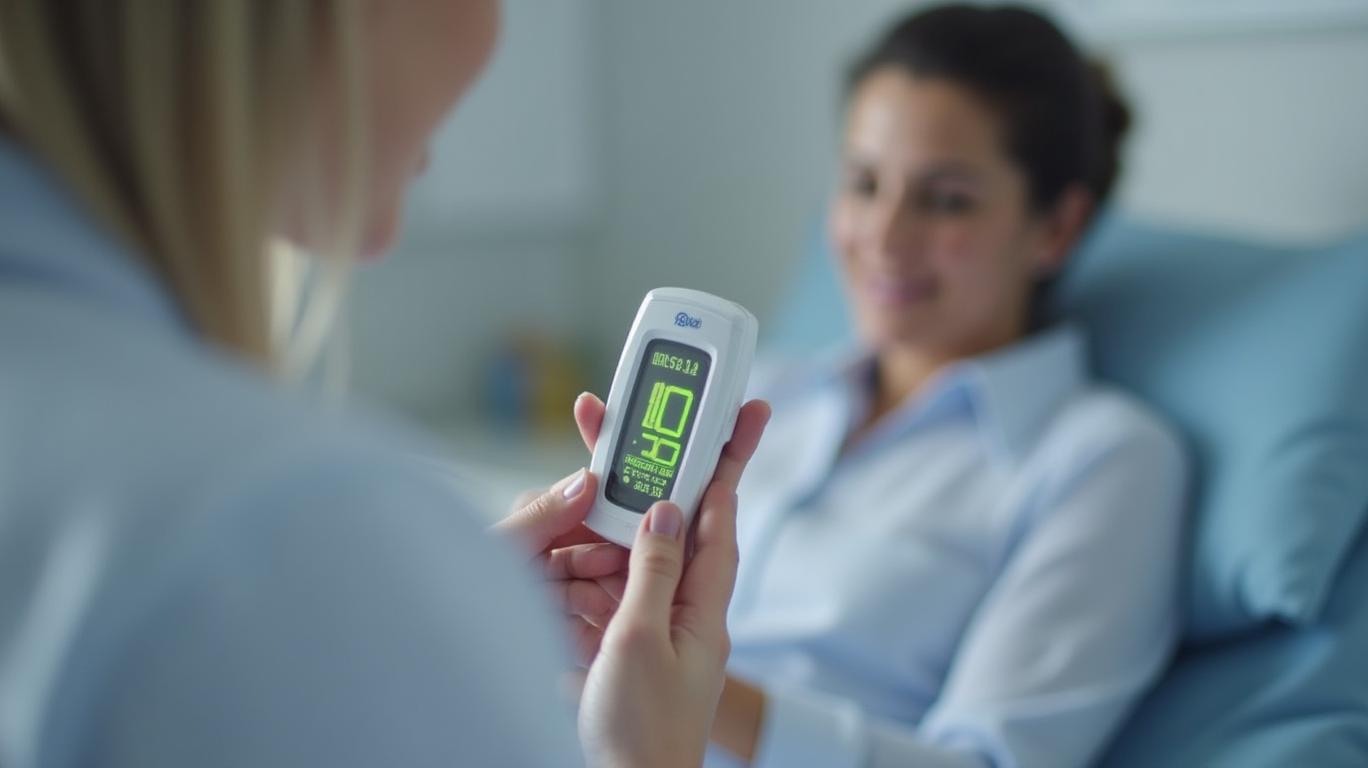Abbott Laboratories Q1 2025 Earnings: Navigating Volatility with Resilience and Innovation
Abbott Laboratories (ABT) delivered a robust first-quarter performance in 2025, showcasing the resilience of its diversified healthcare portfolio amid macroeconomic and pandemic-related headwinds. While the global healthcare sector continues to grapple with lingering uncertainties, Abbott’s results underscore its ability to balance core business strength with strategic innovation. Below is an analysis of the key drivers, risks, and implications for investors.
Ask Aime: "Abbott's Solid Q1, but Healthcare Sector Wary"
Financial Highlights: A Beat, Not a Miss
Contrary to headlines suggesting an EPS miss, Abbott’s adjusted diluted EPS of $1.09 surpassed consensus estimates of $1.07, marking an 11.2% year-over-year increase. Worldwide sales rose 6.9% organically to $10.4 billion, driven by strong performance in its Medical Devices and Nutrition segments. The company reaffirmed its full-year guidance of 7.5–8.5% organic sales growth and an adjusted EPS range of $5.05–$5.25, reflecting confidence in its execution.
Ask Aime: Abbott Labs First-Quarter Performance Surpasses Expectations
Segment Analysis: Winners and Losers
Medical Devices: The Growth Engine
The Medical Devices segment shone, with 12.6% organic sales growth, fueled by its diabetes and cardiovascular portfolios:
- Diabetes Care: The FreeStyle Libre system, now approved for use in U.S. hospitals, saw 62.5% organic growth, benefiting from reimbursement expansions in Japan and rising adoption globally.
- Heart Failure: The HeartMate 3 LVAD’s new less-invasive surgical approach and the TriClip™ G4 system’s proven efficacy in reducing heart failure hospitalizations (per TRILUMINATE trial data) are driving demand.

Nutrition: Steady Growth
Adult Nutrition led the way with 8.7% organic growth, bolstered by Ensure® and Glucerna® sales, while Pediatric Nutrition gained 4.9% in key markets. The segment’s 6.8% organic growth highlights Abbott’s focus on long-term health trends, such as aging populations and preventive care.
Diagnostics: Pandemic Hangover
The Diagnostics segment struggled, with sales down 4.9% organically due to a 78% decline in pandemic testing revenue (from $204M in Q1 2024 to $84M in 2025). However, non-COVID diagnostics grew 0.9% organically, underscoring the segment’s underlying stability.
Strategic Leverage: Innovation and Infrastructure
Abbott’s forward momentum is rooted in R&D investments and product pipeline advancements:
- A $500 million commitment to expand U.S. manufacturing and R&D facilities in Illinois and Texas aims to solidify supply chain resilience.
- Key product milestones include the Volt™ PFA System (CE Mark secured for atrial fibrillation treatment) and the TECTONIC trial for its Coronary IVL System, addressing unmet needs in cardiovascular care.
Risks and Considerations
- Currency Headwinds: Foreign exchange reduced reported sales growth by 2.8%, a reminder of the risks of global operations.
- Regulatory and Clinical Risks: While TriClip™ G4’s safety profile is strong, adverse events like cardiac tamponade or vascular complications require careful management.
Conclusion: A Balanced Outlook
Abbott’s Q1 results affirm its status as a defensive yet growth-oriented healthcare leader. With its Medical Devices and Nutrition segments outperforming, the company is well-positioned to capitalize on secular trends in chronic disease management and aging populations. The 7.5–8.5% full-year organic sales guidance appears achievable, especially if pandemic-related volatility in Diagnostics subsides.
Crucially, Abbott’s 43-year dividend growth streak ($0.59 per share in Q1) and disciplined capital allocation provide a safety net for investors. While risks like currency fluctuations and regulatory hurdles remain, Abbott’s diversified portfolio and innovation pipeline suggest it can sustain its trajectory.
In a market hungry for stability, Abbott’s Q1 performance reinforces its value as a core holding for long-term investors. The path forward hinges on executing its strategic initiatives, maintaining operational efficiency, and navigating macroeconomic uncertainties—a challenge Abbott has historically managed with distinction.










